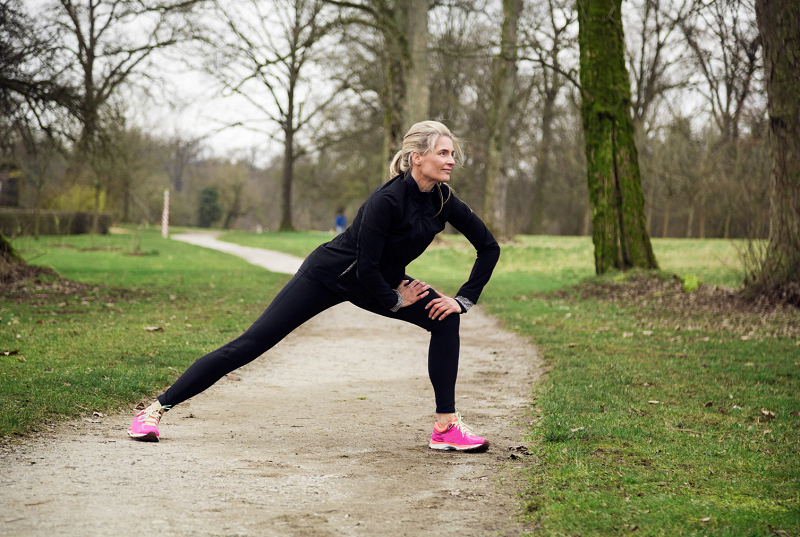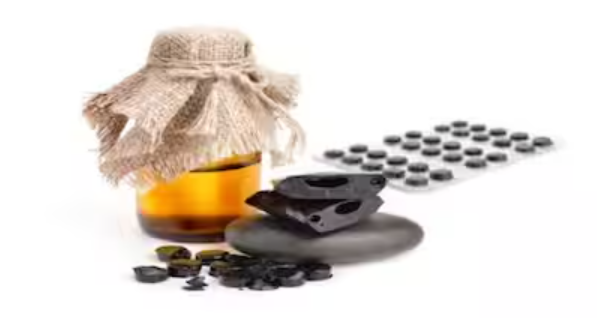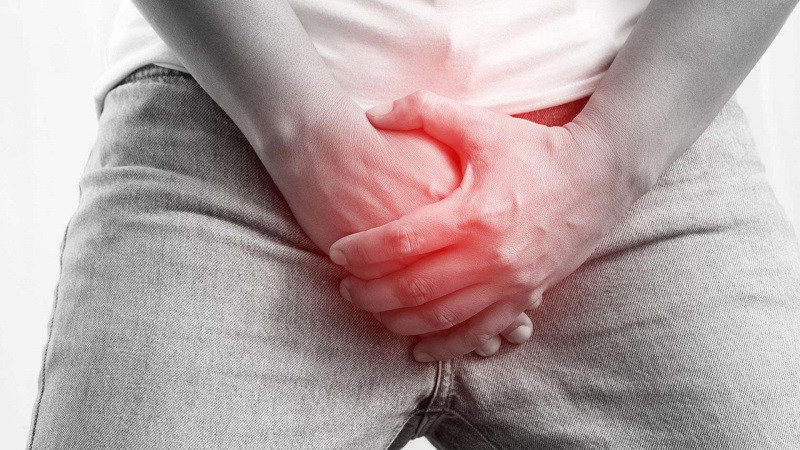From Yoga to Diet: Top 9 Ways to Keep Your Joints Healthy and Strong

Do your joints pop and crackle like a bowl of Rice Krispies every time you stand up or climb the stairs? Are you plagued by joint pain that seems to get worse with each passing year? If so, it's time to take action and start prioritizing the health of your joints. Whether you're a weekend warrior or simply looking to maintain your mobility as you age, there are plenty of simple yet effective steps you can take today to help keep your joints healthy and pain-free for years to come. So grab a seat (preferably one with good posture support!), settle in, and let's dive into some key strategies for keeping those precious joints in tip-top shape.
The key to staying mobile and not experiencing pain as you age is to keep your joints healthy. Even though you may not be able to prevent all joint injuries or arthritis, there are many things you can do today to help.
Here are some common causes of joint pain, 9 keys to keeping your joints healthy, and some ideas on what you can do if you have joint pain right now.
Joint health: what you need to know
Although this list is not exhaustive, here are four of the most likely causes of joint pain during exercise.
Inflammatory arthritis
An inflammation of the joints is called arthritis. There are more than 100 different types of arthritis, ranging from autoimmune (rheumatoid arthritis) to wear and tear with age (osteoarthritis). One or more joints can be affected by arthritis, and it causes pain.
For a long time, people thought arthritis sufferers should avoid exercise out of fear it would damage their joints. Now, medical professionals know that many arthritis sufferers can actually improve their condition with exercise. If you experience joint pain as you age, it might be caused by a form of arthritis.
A tendon injury
Tendonitis is also caused by inflammation, but while arthritis affects the tissues that line the joints themselves, tendonitis affects the tissues connecting the bones and joints.
Runners often get Achilles tendonitis (along their heel) or patellar tendonitis around their kneecap. Although they don't directly affect joints, it can certainly cause joint pain.
Surgery or injury
Pain during exercise may not be surprising if you've injured your joints or had hip or shoulder surgery recently.
Before resuming an exercise routine after an injury or post-operative procedure, consult your doctor to see if physical therapy is necessary.
Maintaining a healthy weight is difficult
The extra weight you carry won't necessarily cause joint pain, but if you're overweight, the extra weight could put undue strain on your joints.
It has been shown that losing 11 pounds can reduce the risk of osteoarthritis of the knee by half. You should be able to alleviate your joint pain by losing some weight.
It's okay to work through mild joint pain during your workout. Movement helps lubricate stiff joints due to arthritis or other diseases.
It is important to consult your doctor before continuing an exercise regimen if you experience sharp, severe pain in a specific joint during your workout, since it may indicate joint damage that needs rehabilitation.
Here are 9 tips for keeping your joints healthy
Making a few simple changes can transform your workout from painful to powerful. You now know what's causing your joint pain-now what?
Keep your joints healthy during exercise by following these 9 tips.
Get ready for your workout by warming up
It is not a good idea to skip a warm-up for many reasons, including the fact that stiff muscles exacerbate joint pain. Your warm-up should act as a mini version of your workout: a dress rehearsal for the activity you will be doing. Focus on a total body warm-up that will loosen up your muscles and prepare you for motion!
Warm-up ideas:
Warm up by walking for a few minutes before running.
To get your blood flowing before lifting weights, do some bodyweight exercises like squats or march in place.
Always include movements that wake up your ball and socket joints, such as hip circles and arm circles.
Rolls of foam
You can benefit from foam rolling your fascia, which surrounds and separates your muscles, joints, and organs in your body. As fascia cushions your joints from impact, if it becomes tight or brittle (as it does with age), your joints and muscles may suffer.
A foam roller is used to perform myofascial release, which helps your joints remain cushioned and pain-free during exercise by bringing fluid back into the fascia.
To reduce joint pain, foam roll about three times a week. Foam rollers are inexpensive and easy to use.
To get started, here are 6 foam roller moves to loosen tight muscles.
Keep Your Joints Healthy by Stretching Daily
Besides warming up before a workout, stretching out all the major muscle groups afterward is equally important.
Every time you exhale, feel your muscles relax a little deeper as you hold each stretch for at least 30 seconds.
During a workout, tight muscles decrease joint range of motion, causing additional pain.
You'll have happy joints ready for your next sweat session if you loosen your muscles after a workout.
Here are some great stretches to try:
- Leg Stretches: The 8 Best
- Here are 7 hip-opening stretches you'll love
- Routine for stretching the hamstrings
- Yoga stretches for the low back
Keep Joints Healthy by Eating an Anti-Inflammatory Diet
Inflammation is a major cause of arthritis-related joint pain, and many foods in the Mediterranean diet can help combat it. In the Mediterranean diet, fish such as salmon, tuna, and sardines, fruits and vegetables with high antioxidant content, such as berries, spinach, and kale, and monounsaturated fats such as almonds, avocados, and olive oil, are staples.
Turmeric is an anti-inflammatory spice that has been shown to improve joint swelling and stiffness in arthritis patients, so you might want to include it in your diet as well. In addition to glucosamine and chondroitin supplements, some people take these structural components of cartilage in order to relieve joint pain.
The 10 Best Foods For Healthy Joints
If you're trying to keep your joints healthy, it's crucial to eat the right healthy foods, so I've included some of my favorite recipes below that are good for joints and cartilage!
Salmon
You can also try this easy Foil Packet Grilled Salmon & Veggies or this light Teriyaki Salmon Salad
Fruits
Berry Light Breakfast Smoothie is one of my favorite ways to eat berries in the morning.
Avocado
Avocado Tuna Salad Sandwiches or Salmon Avocado Boats are great twists on classic sandwiches.
Spinach plant
This Sweet Potato Spinach Lasagna is a great way to sneak spinach into your family's meals.
Tuna
Turmeric Tuna Boats combine two anti-inflammatory foods into a tasty lunch or appetizer.
Nuts and seeds
If you're baking, try using almond flour or grab a handful of these satisfying nuts.
Spice turmeric
This Creamy Turmeric Golden Milk is one of my favorite ways to consume turmeric.
Olives
If you want to up your olive game, try this nummy Olive Tapenade when you need a midnight snack.
Fish sardines
Generally, sardines are a love-it-or-hate-it fish, but the health benefits make them worth including in your diet!
Kale plant
For a warming, hearty option, try this Creamy Sausage and Kale Soup (husband approved).
Reduce strain by breaking up your workouts
If you have joint pain, adopt a certain movement methodology: if you work out with your body weight or weight, don't do a circuit with just your upper or lower body for too long if you're doing a bodyweight workout or weight training. To prevent excessive stress on one area at a time, alternate between upper and lower body exercises.
When you have joint pain, it's best to break up your workouts so you're not straining any one part. Do a set of push ups, then focus on squats, etc.
Healthy Joints: Try Aquatic Workouts
Your joints can benefit from switching up your workout routine from time to time.
Swimming laps, trying water aerobics, or taking this 30-minute pool workout for inspiration can give your joints some much-needed relief.
Wear the right shoes
Regardless of the activity you’re doing, your joints can suffer if your shoes don’t provide enough stability and cushioning against the impact of your movement! Incorrect footwear can aggravate or even cause ankle, knee, and hip pain. This guide will help you find the right show to fit your workout needs.
Keep Your Joints Healthy by Including Low and High Impact Exercise
Incorporate a little high-impact exercise when you can to lose weight and make your muscles stronger if you suffer from joint pain.
Combine high-impact workouts such as plyometrics, interval training, or running with lower-impact cardio exercises such as elliptical workouts, walking, swimming, or cycling.
As a result of the variety, your body will remain healthy and your muscles will remain engaged without being overworked.
Joint pain can be treated with heat
In contrast to new injuries that respond well to ice, chronic pain responds best to heat, as it increases blood flow and soothes tight joints.
Prevent discomfort by applying a warm towel or hot pack to stiff and sore areas before your workout.









